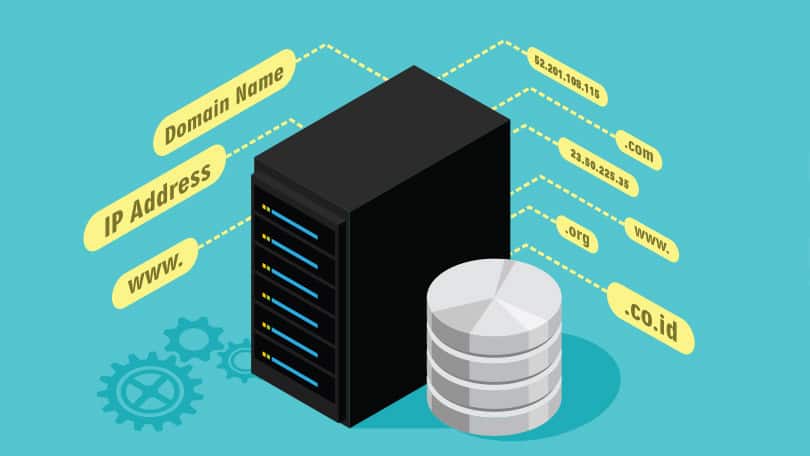Definition of DNS Server in The Network Encyclopedia.
What is DNS Server?
A DNS server is a type of name server that is used to resolve host names or fully qualified domain names (FQDNs) into IP addresses on a TCP/IP network. A DNS server, which is also called a name server, accomplishes this by accepting DNS queries from DNS clients and by performing DNS queries among other DNS servers, depending on how the servers have been configured.

DNS stands for Domain Name System.
Primarily designed to locate and deliver websites to end users over the Internet or a private network, a DNS server is developed on typical hardware but runs specialized DNS software. It is always connected to the Internet or a network.
A DNS server stores a database of different domain names, network names, Internet hosts, DNS records and other related data. The most basic function of a DNS server is to translate a domain name into its respective IP address. During a domain name resolution query, DNS records are searched, and if found, the domain name record is returned. If the domain name is not registered or added to that DNS server, the query is then passed to other DNS servers until the domain name record is found.
DNS server software comes in dozens, if not hundreds of flavors. The best known version is BIND, which is free and distributed with Linux/Unix systems. On Microsoft systems, the Microsoft DNS is bundled as part of many Windows Server releases.
Windows 2016 DNS servers include additional capabilities, which allows DNS servers to update their DNS database files automatically using Dynamic Host Configuration Protocol (DHCP).
Another feature of Windows 2016 is tight integration of DNS and Active Directory. For example, when a Windows 2016 client needs to locate a Windows 2016 domain controller, the NetLogon service uses the DNS server’s support for the SRV (service) resource record to allow registration of domain controllers in the local DNS namespace.
DNS Server for load balancing
DNS servers can provide a simple means of load balancing connections to heavily used file or application servers such as Internet Information Services (IIS). The method is called Round Robin DNS, and it works as its name implies. Say you have three Web servers hosting identical content and you want to load balance incoming Hypertext Transfer Protocol (HTTP) requests across these servers. You can create three A records in the DNS zone file, each with the same host name but different IP addresses, one IP address for each Web server, as shown in this example:
www.northwind.microsoft.com 172.16.8.33
www.northwind.microsoft.com 172.16.8.34
www.northwind.microsoft.com 172.16.8.35
When a DNS client requests resolution of the name www.northwind.microsoft.com into its IP address, the DNS server returns all three IP addresses (.33, .34, .35), and the client chooses the first address (.33) and sends the HTTP request to the Web server associated with this address.
The next time the DNS server receives the same name resolution request, it rotates the IP addresses in round-robin fashion (.34, .35, .33) and returns them to the client. The client picks the first address, which is now .34. This way, each DNS name resolution returns a different IP address and the load is balanced between the Web servers.
The drawback to using Round Robin DNS is that if a server fails, DNS will continue to return the address of the failed server.